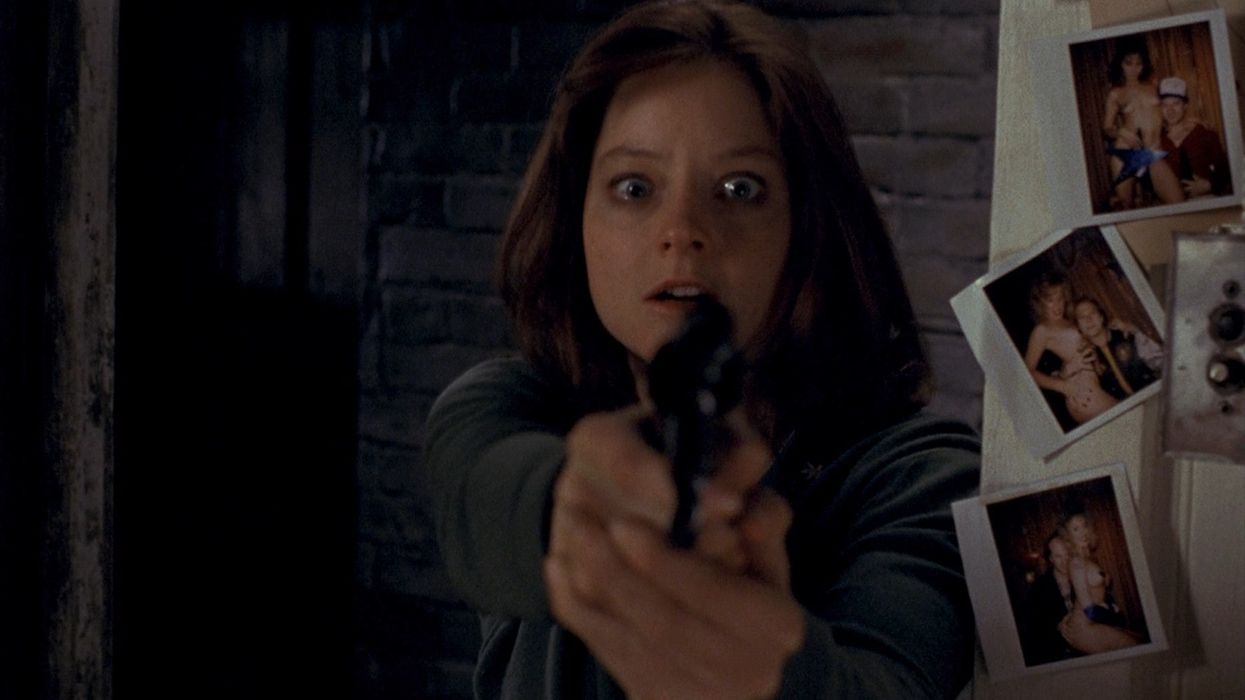5 Horror Films You Should Study to Learn Cinematography
Blood and guts aren't the only things that make horror films so terrifying.

For a horror filmmaker, almost every cinematic tool she has at her disposal is used to scare her audience, from creepy sounds to bloody special effects, but perhaps one of the most powerful elements is cinematography. And even though it can be used in horror films to offer big scares and terrifying thrills, cinematography is also used to provide so much more. In this video from Aputure, we get to learn how films like Pan's Labyrinth and The Silence of the Lambs work to build tension, create wonder, and give us all a greater understanding of our humanity.
There are so many great horror films out there that use beautiful and powerful cinematography to tell stories—in fact, the video's list is painfully short for any horror fan—but let's take a look at what the camera work in a few of these films teach us.
Perspective: Pan's Labyrinth
Guillermo del Toro and DP Guillermo Navarro use many different cinematic techniques to create the diametrically opposing worlds in Pan's Labyrinth. Color plays a big role in communicating the stark differences between Ofelia's reality and fantasy, with the warm tones of her imagined world set against the cold tones of her harsh reality. Furthermore, Navarro uses camera movement to express the curiousness of the young girl, with fluid tracking shots as well as POV shots that look around her environment, further immersing the audience into the labyrinth.

Color: Sleepy Hollow
Chivo Lubezki lensed Tim Burton's Sleepy Hollow, and perhaps the most powerful element of his cinematography on this project was the use of color. According to the video, Burton and Lubezki originally considered shooting in black and white to truly capture the gothic horror vibe, but ended up shooting in color and desaturating to get a more monochrome look. This works well to represent the "bleak yet magical" nature of the film.
Power: The Silence of the Lambs
Jonathan Demme's 1991 horror-thriller is in a league of its own when it comes to cinematography. DP Tak Fujimoto employed too many masterful elements in this project to name here, but one of the most brilliant is the way he visually communicates the power struggle between Clarice Starling and the male characters in the film, including Hannibal Lecter, Buffalo Bill, and Dr. Frederick Chilton. While male characters were often larger in the frame and captured from low angles, female characters were often smaller in the frame and captured from high angles; a visual representation of dominance and submission. This film is also one of the foremost examples of cinematic representations of the "male gaze," with Fujimoto setting female characters' eyelines just off-screen while the male characters who are looking at them stare directly into the camera.

Source: Aputure











